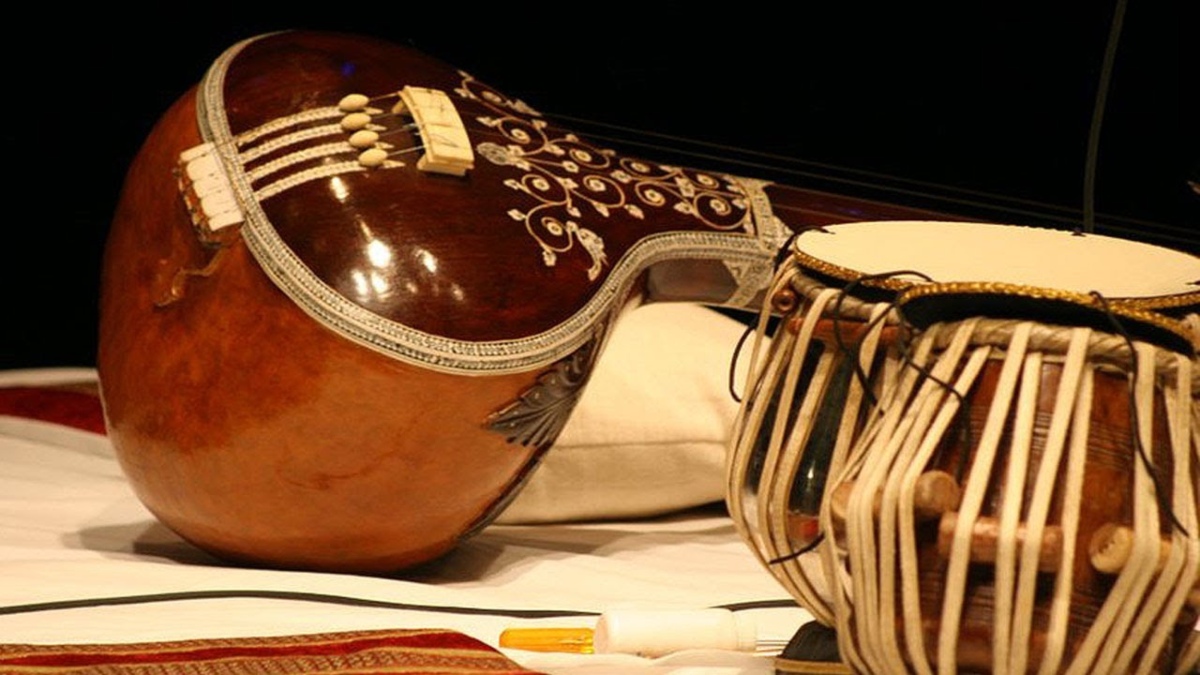


This is a question that many professional musicians are often asked, by people who are uninitiated into classical music. ‘Different kinds of music make me feel happy. What is so special about Indian Classical music? Why should I try it?’. The first thing that should be done to help them arrive at the answer is to urge them to pick their most favourite Bollywood or Kollywood song from yesteryears, or even from recent times. These same people would most likely pick songs that have a Raaga base. Some of the all-time favourite songs from Hindi films, like ‘Kabhie kabhie’ or ‘In aankhon ki masti mein’ are Raaga-based. So are Tamil hits like ‘Ilayanila’, composed by the maestro Ilayaraja or ‘Nejinile nejinile’, by the genius A.R. Rahman. Some of the recent Bollywood hits like ‘Ye moh moh ke dhage’ or ‘Ghoomar’ also have a strong raaga base.
While all music is beautiful in its own right and has a place in pleasing our psyche, different forms of music cater to different aspects of a person’s listening taste. This is not very different from how we enjoy food. There is food that is instantly gratifying and tasty, like pizzas or burgers. But this food is not necessarily nourishing. Then there is food that is heavy on one aspect, like salt or sugar, which, on too much indulgence, upsets the balance of our health. And finally, there is our traditional cuisine that never goes out of style. Raaga-based music, classical or otherwise, can be compared to our traditional food, passed on through the oral tradition over many generations. Food that blends well with our constitution, our climate and our physical needs. This is why it never goes out of style.
Raagas have an organic lineage. They owe their origins to the sound of the Vedas. The primordial sound of creation is believed to be the origin of the Sapta swaras or seven notes. No wonder each of the seven notes is believed to resonate with sounds of different animals and birds. Moreover, in the Hindustani classical music system of North India, the Raagas have been categorised by the time of day. This means that each raag has a specific time of day in which it flowers and blossoms best. Raagas like Aahir Bhairav and Bhairav resonate with the beauty of a sunrise, while Raagas like Yaman blossom in the night. Even in the Carnatic music of South India, Raagas like Neelambari are used to induce sleep, while Raagas like Amridavarshini echo the beauty of rains.
Will we ever tire of the beauty of the sunrise? Will rains ever become redundant? Will the sounds of birds and animals ever cease to soothe the spirit? Will the seasons ever stop bringing a sense of peace and order to our lives? Will the circadian rhythm of night and day ever cease to be? Never. These are building blocks of our existence. And the music that is born from these will never cease to please the heart, soothe the mind and enrich the spirit. And that is the answer to the question.
The writer is a vocalist of both Hindustani and Carnatic Classical music, with over three decades’ experience. She is also the founder of Music Vruksh, a venture to make classical accessible for its aesthetic and wellness benefits.